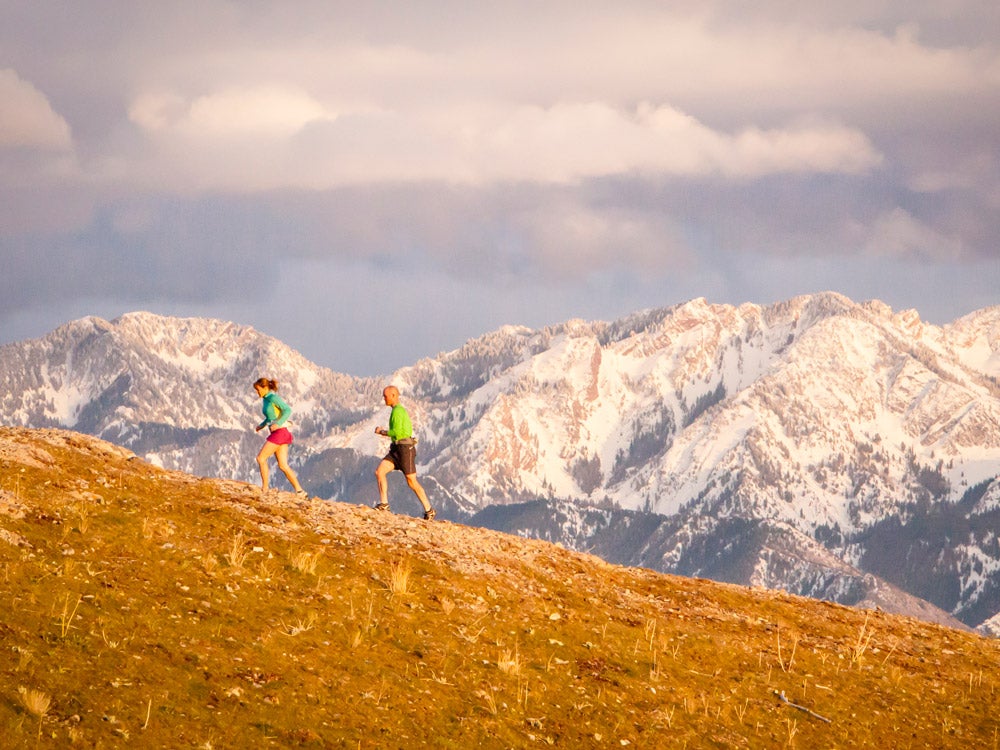Run For The Hills And Become A Better Runner

Photo: Louis Arevalo | TandemStock
What often gets lost amid the high-tech equipment and fancy supplements are the time-tested training techniques that have been around for ages. Good, old-fashioned hill training is among them. It’s not glamorous or pretty, but new research underscores its importance when it comes to improving run times.
The study out of New Zealand separated runners into five groups, assigning each group to a different uphill training program. At the beginning of the study the runners also did a 5K time trial to get an idea of their baseline fitness. After six weeks of hill training, runners ended up improving their 5K times by around 2 percent regardless of what kind of hill training they did. For someone running 8-minute pace in a 5K, that would make for almost a 50-second improvement.
Coach Kathy Parker-Jones, a USAT-certified coach and owner of Balanced Tri Training in Columbus, Ohio, says that hill training is important from both a mental and physical standpoint. “Triathletes who incorporate hill workouts into their training, even when their target race is mostly flat, will become more confident and perceive the race to be easier,” she explains. Indeed, hills require an athlete to dig deeper, making it feel like you’re flying on the flats.
RELATED: Hit The (Treadmill) Hills This Winter
“Hill workouts are also essential preparation for hilly triathlons so the triathlete is adapted to the demands of the course,” Parker-Jones says. “They require triathletes to focus on their form both uphill and downhill, which helps build economy and speed.” Your cardiovascular engine, along with the muscles in your legs, are built through this sport-specific training. While you could go to the gym and pump iron, hill training allows for functional strength development and simultaneously improves endurance.
Parker-Jones suggests incorporating hill training 1–2 times a week during your base phase and reducing that to once each week during build and peak phases. You can do away with hills completely during the taper. Just as with any training, be sure to start conservatively and build time and distance on the hills as you get stronger. Most coaches recommend a good mixture of both speed and endurance-focused training on hills. From 20-second hill sprints to long runs on rolling terrain, it’ll all translate into results on race day.